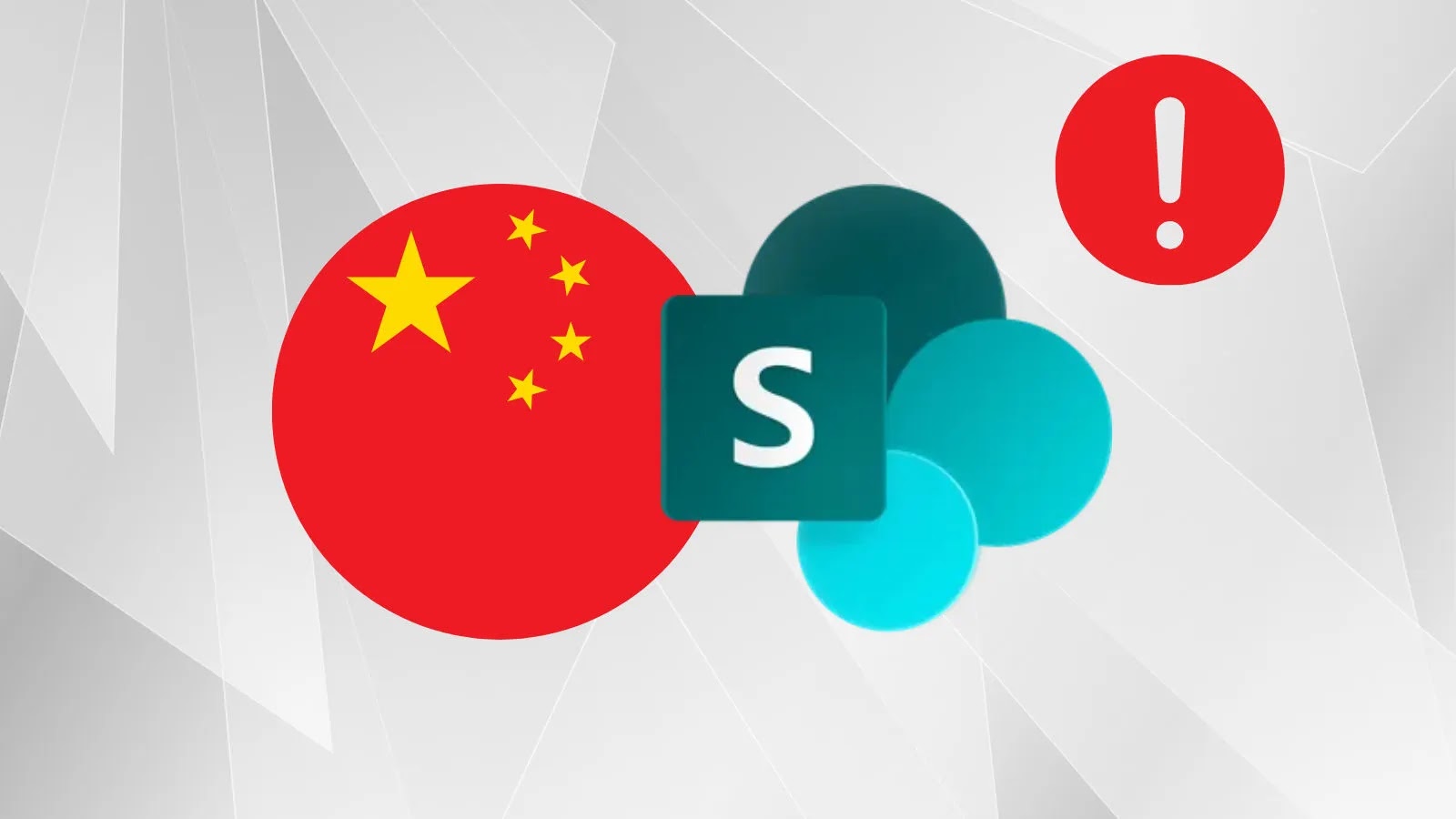
Chinese Hackers Using ToolShell Vulnerability To Compromise Networks Of Government Agencies
The Silent Infiltration: Chinese Hackers Exploit ToolShell in SharePoint to Target Government Networks
In the high-stakes arena of cybersecurity, the compromise of government and critical infrastructure networks represents a significant threat to national security and public trust. Recent revelations highlight a concerning trend: China-based threat actors are actively exploiting a critical vulnerability, dubbed ToolShell, in Microsoft SharePoint servers to infiltrate sensitive networks across multiple continents. This pervasive campaign, strongly suspected to be state-sponsored espionage, underscores the relentless pressure on organizations to maintain robust defense mechanisms.
Understanding the ToolShell Vulnerability: CVE-2025-53770
At the heart of these attacks lies CVE-2025-53770, known as the ToolShell vulnerability. This critical flaw enables unauthenticated remote code execution (RCE) on vulnerable Microsoft SharePoint servers. The severity of an unauthenticated RCE cannot be overstated; it allows an attacker to execute arbitrary code on a target system without needing any prior authentication or credentials. This effectively grants an attacker a backdoor into an organization’s network, bypassing initial security layers.
Despite Microsoft’s rapid patching efforts following its disclosure in July 2025, threat actors have been quick to weaponize ToolShell. The continued exploitation of this vulnerability months after a patch was made available points to either a significant delay in patch adoption by target organizations or sophisticated circumvention techniques employed by the attackers. The primary targets of this campaign are government agencies and critical infrastructure, indicating a strategic focus on acquiring sensitive information and potentially disrupting essential services.
The Attack Vector and Modus Operandi
The exploitation of ToolShell typically involves scanning for vulnerable SharePoint servers exposed to the internet. Once identified, attackers leverage CVE-2025-53770 to gain initial access. Following successful RCE, they often establish persistent backdoors and deploy additional malicious tools to further compromise the network. This includes lateral movement within the network, privilege escalation, data exfiltration, and the deployment of reconnaissance tools to map the network architecture and identify high-value assets. The multi-continental scope of these attacks suggests a well-coordinated and resourced operation, characteristic of sophisticated state-sponsored groups.
Targeted Sectors: Government and Critical Infrastructure
The consistent targeting of government agencies and critical infrastructure sectors is a clear indicator of the campaign’s objectives. Such targets provide access to classified information, intellectual property, and potentially control systems vital for national operations. The implications of a successful breach in these sectors range from significant data loss and espionage to the potential sabotage of essential services, highlighting the urgent need for a proactive and resilient cybersecurity posture.
Remediation Actions and Mitigating Risk
Protecting against the ToolShell vulnerability and similar threats requires a multi-layered security strategy. Organizations, especially those operating critical infrastructure or handling government data, must prioritize the following actions:
- Immediate Patching: Ensure all Microsoft SharePoint servers are updated with the latest security patches, specifically those addressing CVE-2025-53770. Regularly scheduled patch management is crucial.
- Network Segmentation: Implement robust network segmentation to limit lateral movement in the event of a breach. Isolate critical infrastructure and sensitive data environments.
- Endpoint Detection and Response (EDR): Deploy EDR solutions across all endpoints to detect and respond to suspicious activities and potential compromises in real time.
- Intrusion Detection/Prevention Systems (IDS/IPS): Utilize IDS/IPS to monitor network traffic for known attack signatures and anomalous behavior associated with ToolShell exploitation.
- Web Application Firewall (WAF): Implement a WAF in front of SharePoint servers to filter and monitor HTTP traffic, blocking and detecting malicious requests targeting web application vulnerabilities.
- Vulnerability Scanning and Penetration Testing: Conduct regular vulnerability scans and penetration tests to identify and address security weaknesses before attackers can exploit them.
- Security Awareness Training: Educate IT staff and administrators on the latest threats and best security practices, emphasizing secure configuration and incident response procedures.
- Incident Response Plan: Develop and regularly test a comprehensive incident response plan to ensure a swift and effective reaction to potential security breaches.
Tools for Detection and Mitigation
Leveraging the right tools can significantly enhance an organization’s ability to detect and mitigate the risks posed by vulnerabilities like ToolShell:
| Tool Name | Purpose | Link |
|---|---|---|
| Nessus | Vulnerability Scanning & Assessment | https://www.tenable.com/products/nessus |
| OpenVAS | Open-source Vulnerability Scanner | http://www.openvas.org/ |
| Wireshark | Network Protocol Analyzer (for traffic analysis) | https://www.wireshark.org/ |
| Snort/Suricata | IDS/IPS for Signature-based Detection | https://www.snort.org/ | https://suricata-ids.org/ |
| Microsoft Defender for Endpoint | EDR Solution | https://www.microsoft.com/en-us/security/business/microsoft-defender-for-endpoint |
Protecting Digital Borders: A Continuous Effort
The exploitation of the ToolShell vulnerability by Chinese threat actors targeting government and critical infrastructure highlights the constant and sophisticated nature of cyber espionage campaigns. The ability to achieve unauthenticated remote code execution makes CVE-2025-53770 a particularly dangerous vulnerability. Organizations must recognize the persistent threat and commit to proactive cybersecurity practices, including diligent patching, robust network defenses, and comprehensive incident response planning. Remaining vigilant and adaptable is not merely an option, but a critical imperative in safeguarding our digital borders against these evolving threats.





